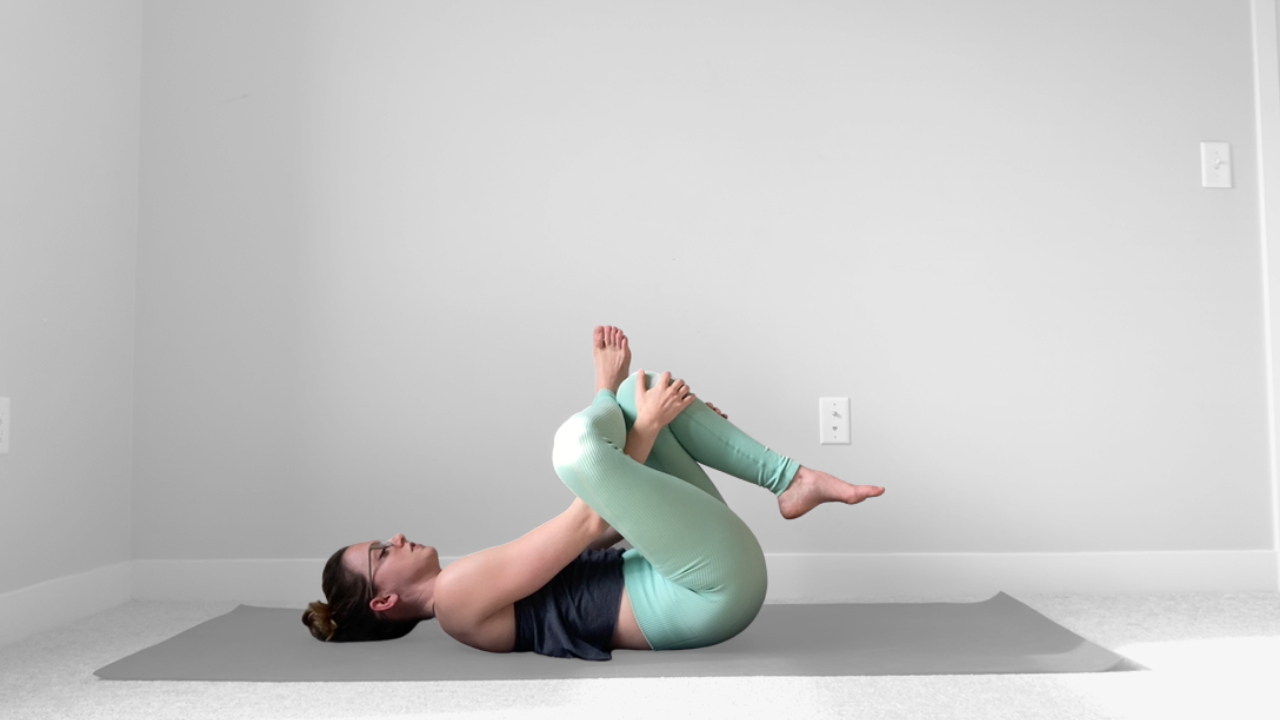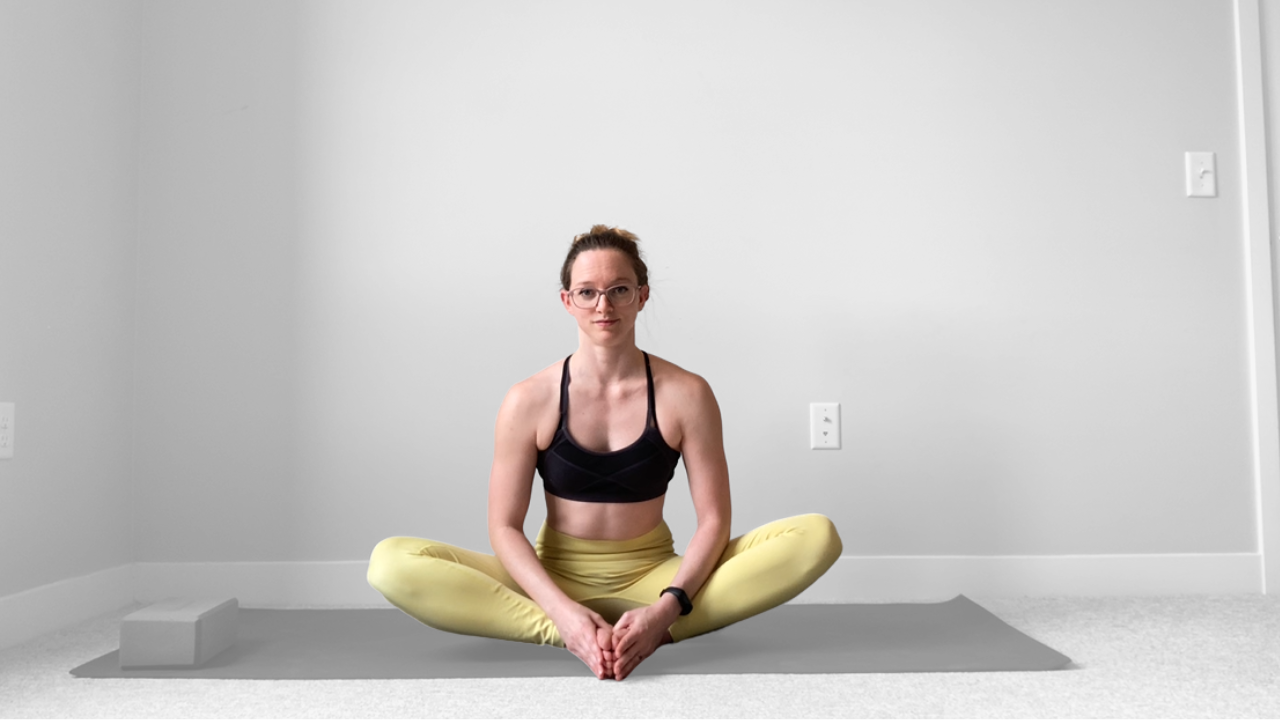Glute Stretches
Flexopedia > Hips > Glutes
Flexopedia: Glutes
Jump To: Overview | Considerations for Stretching | Passive Stretches | Active Stretches
Our glutes are some of the strongest muscles in our body. From a flexibility perspective, our glutes often serve as abductors, muscles that help open the legs out to the side (like in straddles and middle splits). Our glutes generally get stretched (along with our hamstrings) in forward folds and positions of hip flexion, and even more so in positions where our thigh is also rotated to the outside (hip external rotation).
Muscle(s) Overview: Our “glutes” is a catch-all term for 3 muscles:
gluteus maximus - runs from the outside of our sacrum, across the back of our hip, and then insert on the IT band (running down the outside of the hip) and near the outside/back of the top of the femur (thigh bone)
gluteus medius - runs from the back of the top of our hip bone, down the outside of the back of our hip, and inserts on the top/outside of the femur
gluteus minimus - runs from the middle of the backside of our hip bone (underneath the two other glute muscles), and attaches to the front/side of the femur
Joints Crossed: Hips
Primary Movement Focus: Our glutes mainly help with hip extension (pulling our leg behind us, pushing our hips forwards in a lunge, pushing our hips up in a bridge),and hip abduction (opening the leg out to the side) and hip internal and external rotation (rotating the thigh towards and away from the midline)
Deepest Stretch In: Our hamstrings are pulled into their deepest stretch when we move into hip flexion (pulling a knee towards our chest, hinging at our hips) and hip external rotation when the hip is flexed (rotating the thigh to the outside while the thigh is being pulled in toward the chest)
Common Antagonist Muscle Pairs*: Hip Flexors
* An “antagonist” muscle is one that opposes the action of another. Our glutes are an antagonist to our hip flexors (which help flex the hip) . When we contract those muscles, our body is smart enough to relax our glutes to allow movement to happen.
The main reminder I give to students when doing glute stretches is to be gentle on your knees. Because most glute stretches involve positions of hip flexion and hip external rotation at the same time, often making some form of triangle shape with our shin, knee and thigh to help push us into this position, it can be easy to put too much shearing pressure on the knee and lead to injury.
So if you experience any knee pain while doing glute stretches, dial it back. Try adjusting the position of your foot (which will change the angle at your knee, or physically supporting the weight of your knee with your hands or yoga blocks, or try a different stretch.
Active Glute Stretches






